Beyond the Horizon: Discovering the Wonders of the Tunisia Eclipse
Introduction
Overview of the Tunisia Eclipse
The Tunisia Eclipse represents a significant astronomical event that draws the attention of both casual observers and avid enthusiasts alike. Scheduled for August 2, 2027, this total solar eclipse is expected to cover a broad swath of the Tunisian landscape, allowing many to experience its breathtaking spectacle. As the moon casts its shadow over the sun, a dramatic transformation takes place in the sky, creating a surreal atmosphere, darkening the day, cooling the air, and sparking curiosity amongst onlookers.
For a curated overview of where, when, and how to experience it best, start with Encounters Travel’s guide to the 2027 Tunisia Total Solar Eclipse, a practical, traveler-friendly resource to help prioritise routes, viewing spots, and logistics.
Key highlights related to the Tunisia Eclipse:
- Timing and Duration: The partial eclipse will begin around 10:11 a.m. local time. Totality starts at approximately 11:39 a.m. and will last for up to 6 minutes and 22 seconds in central Tunisia, one of the longest durations in recorded history (see detailed city-by-city timings).
- Visibility: The path of totality will cross much of Tunisia, including Tunis, Kairouan, Sfax, Tozeur, and parts of the Sahara Desert, enabling countless residents and visitors to witness this rare celestial occurrence in its full glory.
Experiencers often describe the phenomenon as transcendent, evoking feelings of awe and wonder as day turns into night.
Significance of Solar Eclipses
Solar eclipses carry profound historical and scientific significance. They not only captivate the imagination but also serve as important events for research and discovery. Throughout history, eclipses have:
- Served as vital markers in ancient calendars.
- Inspired myths and legends across cultures.
- Led to crucial scientific breakthroughs, such as those by Sir Arthur Eddington in 1919 that confirmed Einstein’s theory of General Relativity.
In contemporary times, solar eclipses enhance public interest in astronomy, promote educational engagement, and offer a unique opportunity for communities to come together to witness a shared astronomical event. The upcoming Tunisia Eclipse promises to strengthen both personal and collective appreciation for the cosmos.
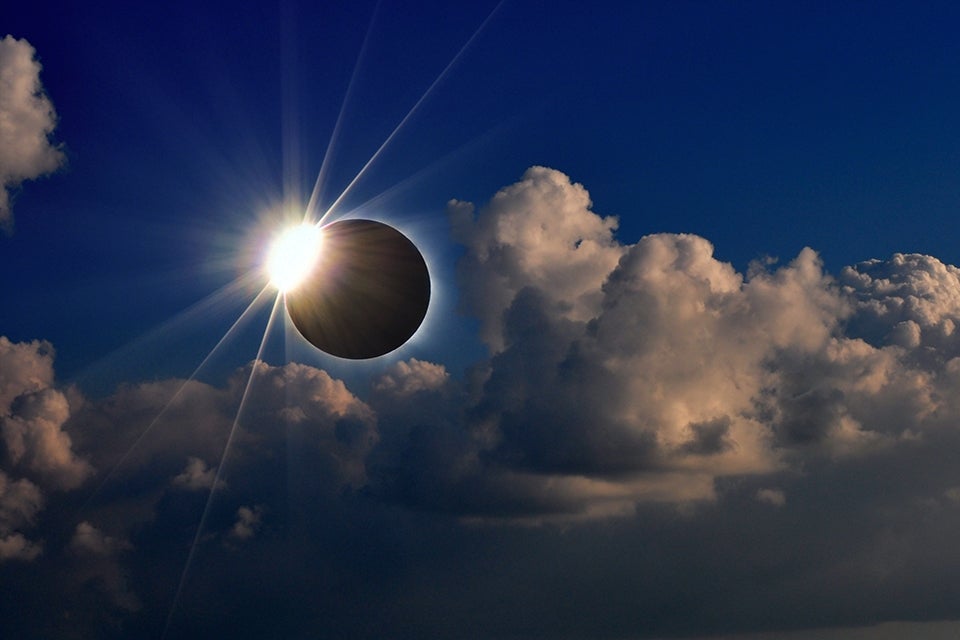
History of Eclipses in Tunisia
Past Eclipse Events
Tunisia has had its fair share of captivating solar eclipses through the centuries, each contributing to the tapestry of its astronomical heritage. Documented records reveal that significant eclipses were observed in various regions, enchanting inhabitants and shaping local lore. Notable examples include:
- August 11, 1999: A total solar eclipse was observed across Europe, Asia, and Africa. In Tunisia, thousands gathered to experience the spectacle, making it a memorable communal event.
- October 3, 2005: A partial solar eclipse was visible in Tunisia, attracting keen observers who eagerly watched as the moon partially covered the sun.
These past events have not only left lasting impressions on those who witnessed them but have also inspired new generations to study the cosmos.
Cultural and Historical References
Throughout history, eclipses carried substantial cultural significance in Tunisia, weaving themselves into local folklore and historical narratives. Ancient communities often viewed solar eclipses as omens, signals of change or divine messages.
- Mythical Interpretations: Some believed that the darkening of the sun symbolised battles between celestial forces, influencing rituals and agricultural practices.
- Scientific Advancements: Scholars and astronomers, such as those from medieval Islamic centres of learning, studied these phenomena closely, contributing to greater knowledge of astronomy.
The interplay of scientific inquiry and mythology surrounding eclipses highlights Tunisia’s historical appreciation of celestial events. Observing the upcoming 2027 eclipse rekindles this connection, bridging past and present as communities gather under the same sky.
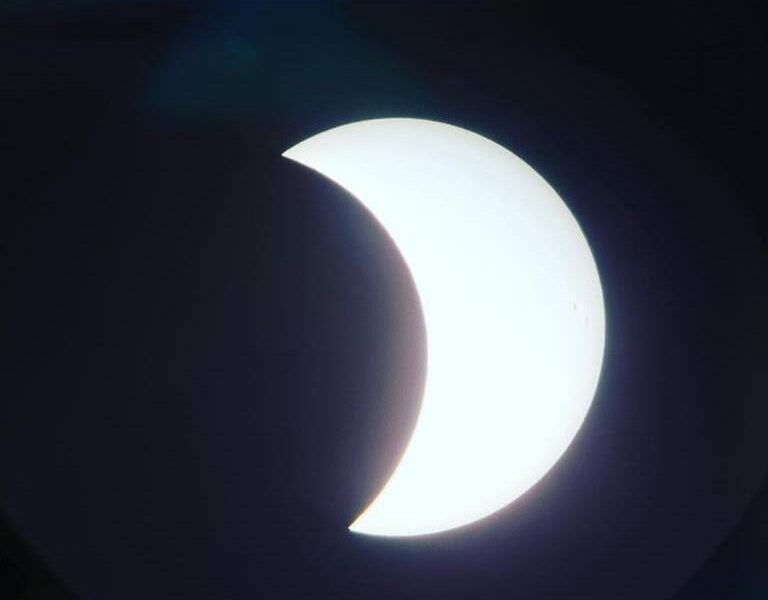
Understanding Solar Eclipses
Explanation of Solar Eclipse Phenomenon
A solar eclipse occurs when the moon passes between the Earth and the sun, temporarily obscuring sunlight. This alignment creates a breathtaking spectacle that evokes wonder among observers. As the moon’s shadow falls upon Earth, the sky darkens, temperatures drop, and the sun takes on a striking crescent form.
Key aspects of the phenomenon include:
- Shadow Types: The moon casts two shadows, the umbra (the darkest part where the sun is fully obscured) and the penumbra (the lighter shadow where the sun is partially blocked).
- Visual Experience: During totality, the sun’s corona becomes visible, forming a glowing halo around the moon, a moment often described as magical.
Types of Solar Eclipses
Solar eclipses can be categorised into three primary types:
- Total Solar Eclipse: The moon completely covers the sun, resulting in temporary darkness.
- Partial Solar Eclipse: Only part of the sun is obscured, producing a crescent shape.
- Annular Solar Eclipse: The moon is too far from Earth to cover the sun completely, leaving a fiery “ring of fire.”
Understanding these eclipse types enhances appreciation for the celestial mechanics at play and enriches the experience of witnessing the Tunisia Eclipse.
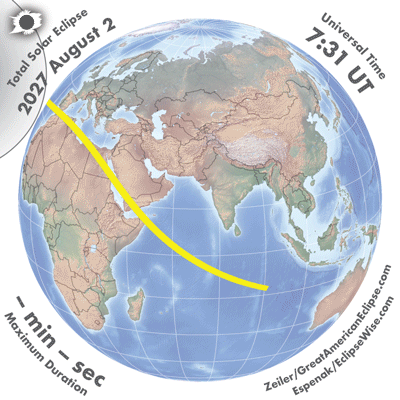
Planning Your Eclipse Viewing Trip
Best Locations in Tunisia
Selecting the right location is key to making the most of the eclipse. Tunisia offers several ideal spots:
- Sidi Bou Said: A cliffside village overlooking the Mediterranean, offering breathtaking coastal views.
- The Sahara Desert: With its wide horizons and minimal light pollution, the desert provides pristine conditions.
- Historic Landmarks: Watching the eclipse from Carthage’s ruins or the El Djem amphitheatre combines culture with cosmic wonder.
Each location offers its own unique atmosphere, turning the event into a personal and memorable journey.
Safety Precautions and Viewing Tips
When viewing a solar eclipse, safety is essential. Consider these guidelines:
- Use Solar Viewing Glasses: Only glasses certified to ISO 12312-2 provide safe eye protection.
- Pinhole Projectors: A safe indirect method to view the eclipse without looking at the sun directly.
- Observe Totality Safely: Only remove glasses when the sun is completely covered during totality.
Packing water, snacks, and blankets ensures comfort during the wait. With preparation, the Tunisia Eclipse becomes both safe and unforgettable. If you prefer a fully escorted program with built-in logistics, review this sample Tunisia eclipse itinerary from Astro Trails or consider a North Africa specialist’s small-group option like Mosaic North Africa’s 2027 eclipse tour.

Eclipse Viewing Experience in Tunisia
What to Expect During the Eclipse
As the eclipse begins, anticipation builds. The sun slowly diminishes to a crescent, daylight fades, and temperatures drop. Shadows sharpen and the world enters a twilight state. During totality, the corona shines brilliantly while stars become faintly visible, creating an otherworldly scene.
- Breathtaking Visuals: Twilight-like lighting transforms landscapes.
- Wildlife Reactions: Birds fall silent, and nocturnal animals stir.
- Totality Moment: The highlight, seeing the sun’s glowing corona encircle the moon.
Capturing the Eclipse
For photographers, the Tunisia Eclipse is a once-in-a-lifetime opportunity:
- Solar Filters: Protect your equipment and improve image clarity.
- Landmark Frames: Incorporating Tunisia’s historic or desert backdrops creates stunning compositions.
- Time-Lapse Sequences: Document the event’s progression from partial phases to totality.
Whether using a professional camera or smartphone, thoughtful preparation ensures unforgettable images.
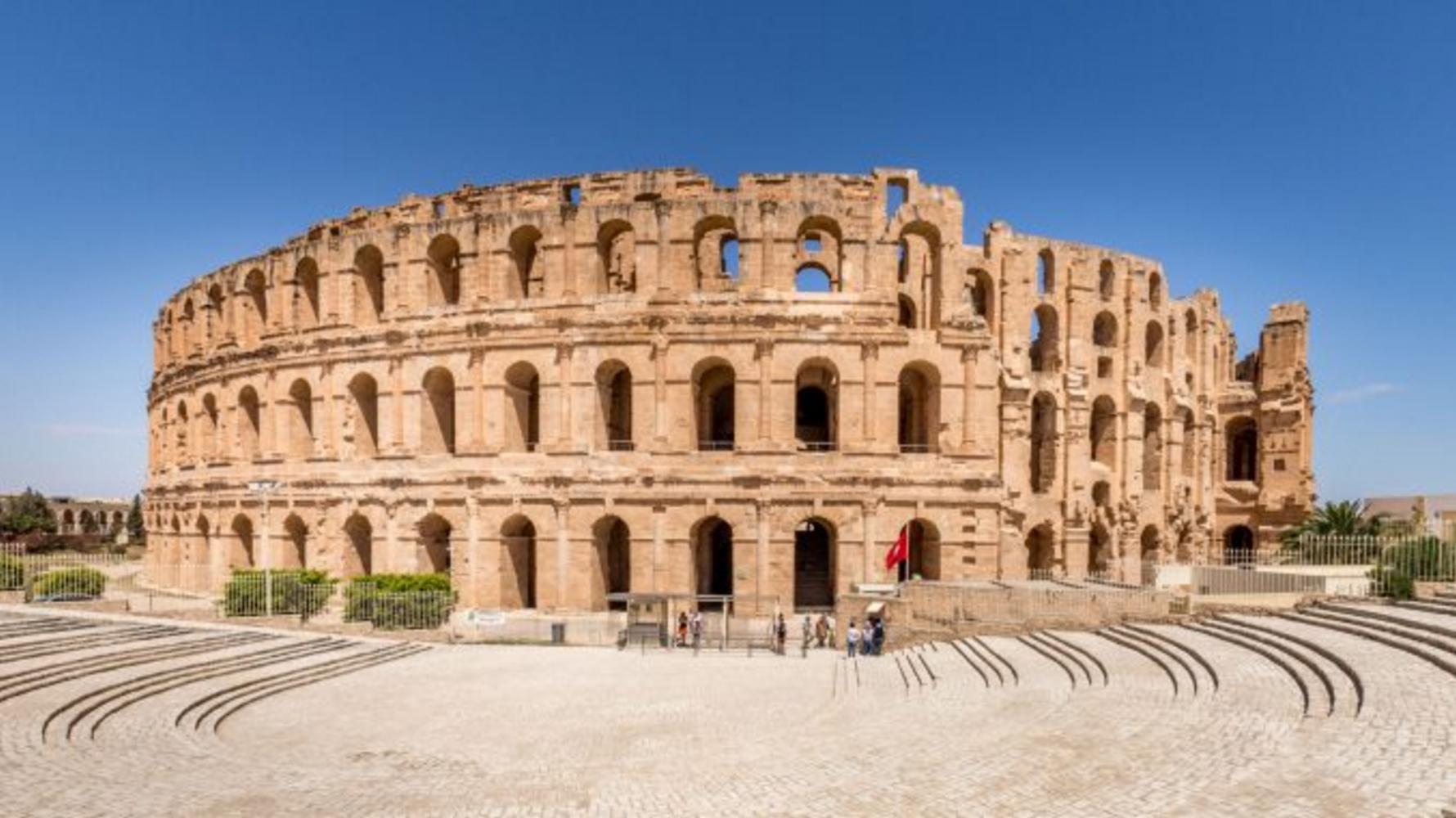
Local Culture and Attractions
Explore Tunisia Beyond the Eclipse
Beyond the eclipse, Tunisia is a mosaic of history and culture shaped by Roman, Arab, Berber, and French influences. Visitors can:
- Taste Tunisian Cuisine: From brik (crispy pastry with egg) to couscous and fresh Mediterranean seafood.
- Engage with Local Traditions: Explore souks filled with pottery, carpets, and jewellery, connecting with Tunisia’s artisan heritage.
Must-Visit Places and Activities
- The Medina of Tunis: A UNESCO World Heritage Site with vibrant markets and historic mosques.
- Carthage: Once a mighty empire, today its ruins, including the Antonine Baths, tell a rich story.
- Dougga: A remarkably preserved Roman city with theatres, temples, and triumphal arches.
If you’re pairing eclipse day with coastal time or arriving by sea, browse the Tunisia eclipse cruise-port info from Holland America for practical port considerations and timing.
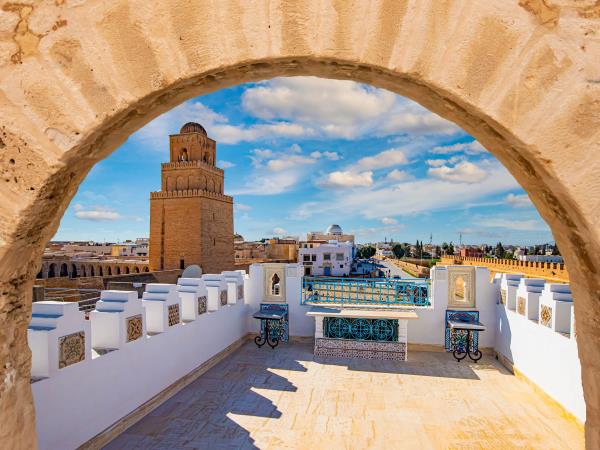
Environmental Impact and Conservation Efforts
Effects of Eclipses on Nature
Though brief, solar eclipses affect the natural world. Birds often return to nests, nocturnal animals stir, and temperatures drop noticeably. Even plants may respond, with some flowers closing as if dusk has fallen.
- Temperature Shifts: Cooling of several degrees during totality.
- Plant Reactions: Temporary closure of blooms.
- Wildlife Behaviour: Sudden stillness or unexpected activity in animals.
Initiatives to Preserve the Environment
With Tunisia’s diverse landscapes, conservation is essential:
- Education Campaigns: Promoting awareness of ecological responsibility.
- Protected Reserves: Places like Ichkeul National Park, home to migratory birds, safeguard biodiversity.
- Sustainable Tourism: Encouraging eco-friendly practices ensures Tunisia’s wonders endure.
As visitors flock to Tunisia for the eclipse, these initiatives highlight the balance between exploration and preservation.
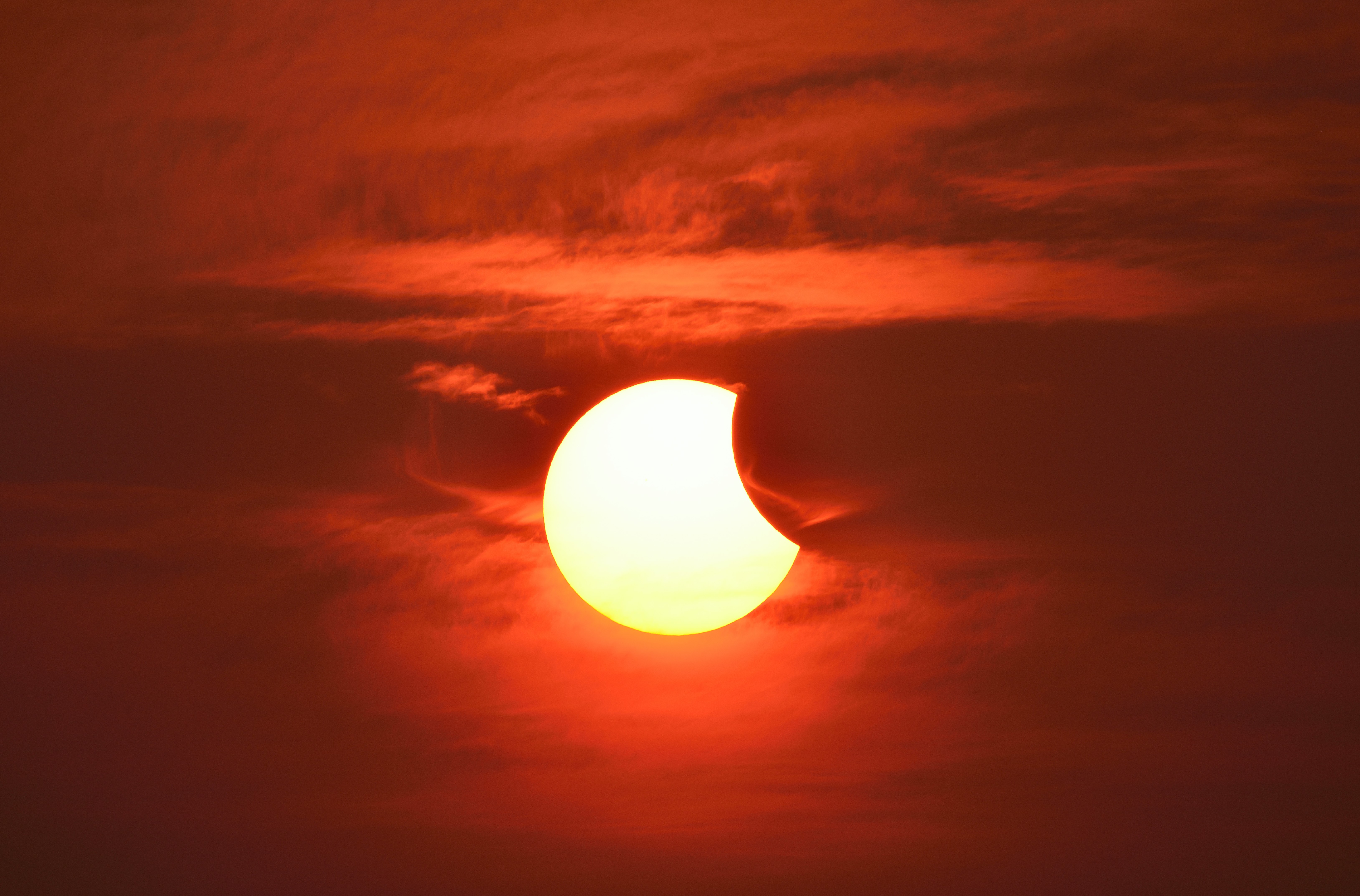
Conclusion and Reflection
Recap of the Tunisia Eclipse Adventure
The Tunisia Eclipse offers a rare opportunity to experience one of the longest solar eclipses of modern times in a land rich with cultural heritage and natural beauty. From choosing iconic viewing spots to engaging with Tunisian traditions, the event promises to be both scientifically profound and personally meaningful.
- Optimal Locations: Sahara, Sidi Bou Said, and Carthage provide stunning backdrops.
- Cultural Engagement: Souks, cuisine, and heritage sites deepen the journey.
- Nature’s Reaction: Witnessing how wildlife and landscapes respond adds another layer of wonder.
Personal Insights and Learnings
Witnessing an eclipse is more than watching the moon pass before the sun, it is a reminder of humanity’s place in the universe. It inspires awe, curiosity, and responsibility to protect our world. The 2027 Tunisia Eclipse embodies the fusion of science, culture, and environmental stewardship, offering a moment of unity under the same sky. For many, it will remain a memory etched for life, an experience beyond the horizon, linking people, planet, and cosmos.
